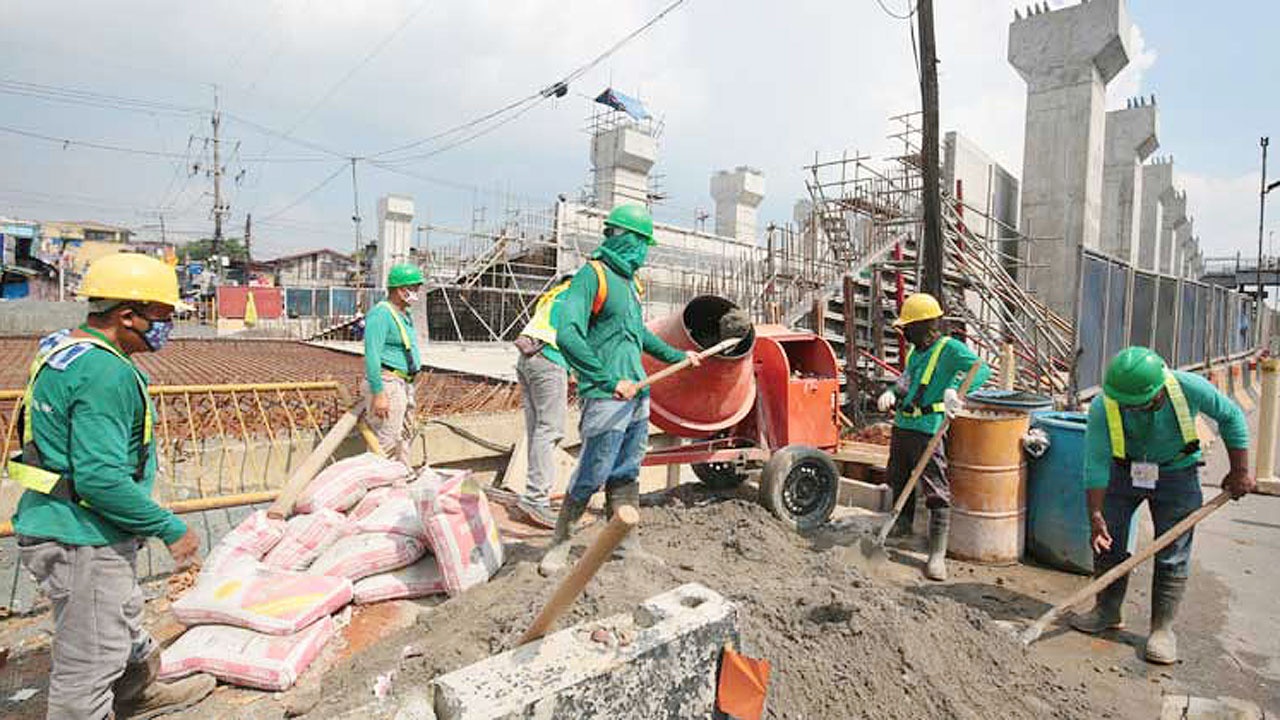Building materials wholesale price growth up 5.4% in Nov.

WHOLESALE PRICE growth of building materials in the National Capital Region (NCR) hit a nearly three-year high in November, the Philippine Statistics Authority said.
The Construction Materials Wholesale Price Index (CMWPI) for Metro Manila grew 5.4% year on year in November, against 4.7% print in October and 0.8% in November 2020.
It was the highest growth rate since December 2018, when the CMWPI rose 5.7%.
The index reflects large purchases by major construction companies and property developers, and serves as a leading indicator for future activity by those industries.
In the year to date, growth in the Metro Manila CMWPI averaged 3.0%, against the year-earlier expansion of 1.3%.
November growth was led by the prices of fuels and lubricants, which accelerated to 38.3% year on year from 33.3% in October; concrete products and cement (3.0% from 1.2%); plumbing fixtures and accessories/waterworks (1.8% from 1.1%); plywood (2.6% from 2.1%); reinforcing and structural steel (8.8% from 8.4%); electrical works (7.2% from 6.9%); sand and gravel (3.0% from 2.7%); and doors, jambs and steel casements (2.5% from 2.3%).
Year-on-year price growth slowed down in hardware (2.6% from 2.8%); lumber (2.8% from 3.1%); and tileworks (minus 1.8% from minus 0.1%).
“Primary factors… would have been the looser restrictions due to lower infections before the 2021 holidays and the general perception that it was now safer to go out, supporting more demand particularly construction-related products and services,” UnionBank of the Philippines, Inc. Chief Economist Ruben Carlo O. Asuncion said in an e-mail.
“The reduced restrictions (allowed builders) to buy and push through with construction plans. This may also be true not only for retail sales, but more so for wholesale ones involving bigger construction projects,” Mr. Asuncion added.
Metro Manila and its surrounding areas were under general community quarantine (GCQ) Alert Level 3 between Nov. 1 and 15. The GCQ was eased to alert level 2 between Nov. 15 and 30, during which the coronavirus disease 2019 (COVID-19) Omicron variant was first detected.
Mr. Asuncion expects CMWPI growth in December to be higher, then slowing down in January.
“(T)his will be short-lived and may unfreeze come February especially if the government eventually shifts to Alert Level 2 (from Alert Level 3) with the decline of the Omicron surge in the NCR,” Mr. Asuncion added. — Ana Olivia A. Tirona



